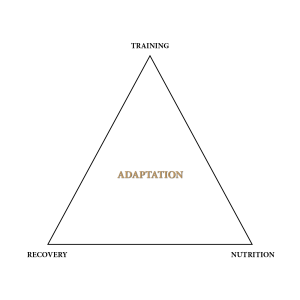If you want to improve performance, I suppose you are constantly seeking the best way to improve your training, nutrition and recovery (or at least you should). This article covers the training portion of the trio. You will learn how to choose effective training session by listening to your body.

Three pillars of progression
During the search for the peak performance (whatever it means to you personally) you might follow certain plans or maybe you work out in a gym in a group settings.
Whatever training regime you follow, exercisers and athletes tend to lean on the side of training too much, which leads to sub-optimal results. I have done that many times myself. To reap the most benefit from your training sessions you want to find the most effective dose for yourself.
Pushing yourself beyond certain point will:
- accumulate unnecessary fatigue;
- slow down your recovery;
- lead to de-training;
- make it hard to stick to the exercise modality long term;
- hinder your health and possibly lead to injury;
- slow your progress.
The key point here is that you should learn when to finish your workout. To do that effectively, I propose to pay attention to your body’s cues.
Cues NOT to rely on:
- you are physically unable to continue exercise – training to failure;
- how much you sweat;
- muscle soreness;
- chasing the feeling of being destroyed;
- finishing prescribed workout at all cost.
Cues to rely on:
- you feel great after training;
- testing what your body allows you to do during the training session and scaling the training according to it;
- heart-rate variability, grip strength test (these tests show your CNS fatigue);
- form – when your form is breaking, cut the workout;
- intensity – you are no longer able to produce desired intensity for the workout;
When do you finish your training sessions? Do you follow some cues or do you follow a plan religiously?
Listening to your body:
I am a big proponent of being able to listen to your body and making training decisions based on properly interpreting the feeling. In training it can mean several things – choosing your activity, intensity or length of the training session based on how you feel in a given day.
How does that work?
We all have days when we feel great and days when we don’t feel that great. Your training should reflect that. The mistake athletes do is that they often don’t listen to their body and just follow a prescribed exercise.
Athletes that make sub-optimal progress over time tend to lean to the extremes:
- On days they feel great, they tend to train too much or too hard.
- On days they feel not so great, they might skip training altogether.
The way I propose to follow is different. I exercise and have my clients exercise every day and we manipulate the intensity according to their state.
Assessing your state:
But before you decide on the intensity and what your body allows you, you need to get moving. Often, you can feel tired because you did not hydrate well, you were sitting for too long, you are in a closed space without moving air. Basing your decision on that state might not be representative of what you can do in your upcoming training session. Start moving, do dynamic stretching, slow run or walk and assess your feeling after 10 minutes of movement.
- On days you feel great, you will do higher intensity and maybe also more volume and you finish strong. Not destroyed.
- On days when you don’t feel well, you do low intensity exercise, stretching, or low volume.
Example:
When I run intervals or repeats, I do 6-8x 800m. The number of reps is dictated by my capacity during workout. If I have trouble keeping the intensity during my 6th repetition, it is a signal that I should finish my training session. If I feel relatively fresh, I can leverage it and get more work done but I always finish with 1-2 repetitions in reserve.
The same applies to strength training when I choose weights based on the perceived effort (RPE). You might know it from your experience that on some days 50kg feels light and some days it feels heavy. instead of going by weight, I go by feeling (it reflects the CNS readiness) and choose weights that feel 8/10. That means that some days it might be 50kg, other days 55kg. The fluctuation is not that big.
Ignoring your current state and following artificially prescribed weight instead will likely lead to fatigue that your body will need more time to recover from and in the worse case, you will de-train yourself.
When to follow a plan and push
There are times when you might want to ignore your feelings to certain extent and push through the fatigue. This is when you are preparing for a competition and you have few key workouts to do. On the opposite spectrum you will have a planned rest week and you will feel energetic. You want to stick to resting during that time.
